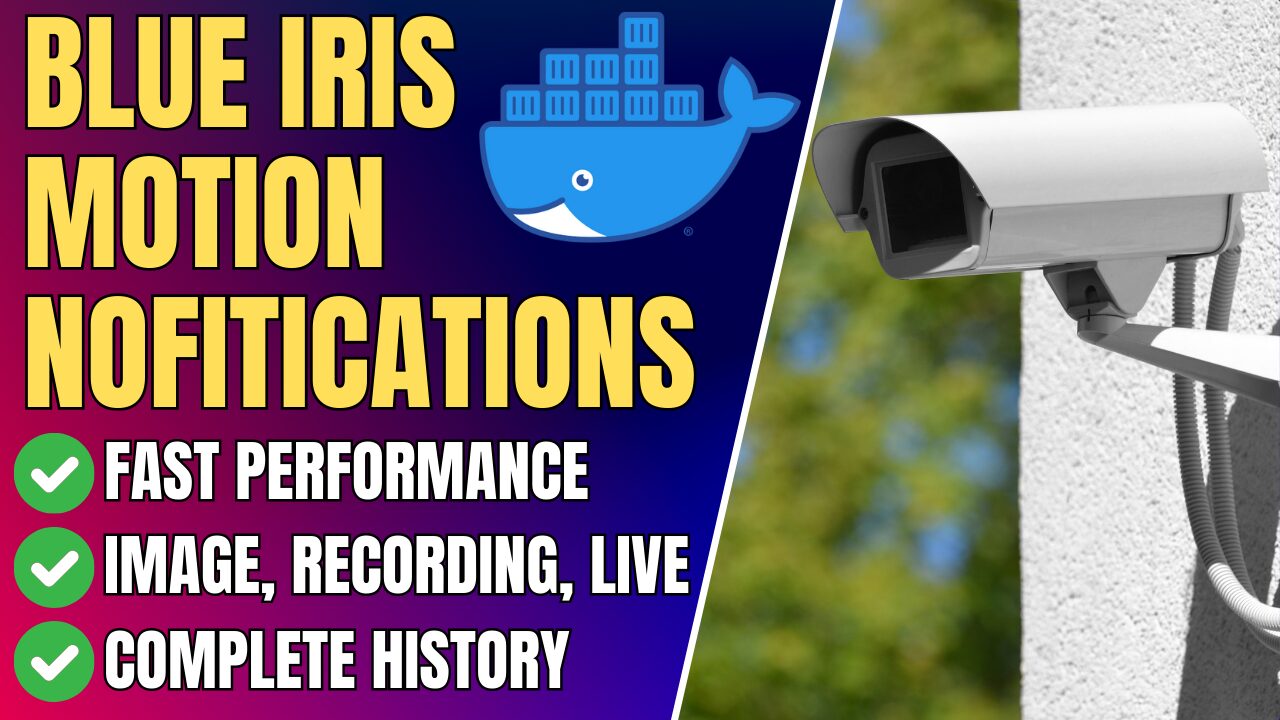In this article, we will look at Frigate vs. Blue Iris to determine the best NVR you can set up and use.
Frigate and Blue Iris are both video surveillance software applications that allow you to monitor and manage camera feeds. While both applications are similar, they have distinct differences which we’ll take a look at below. We will look at a breakdown of the setup and configuration process, features, functionality, and pricing with Frigate vs. Blue Iris below.
Some links below are Amazon affiliate links which means that I earn a percentage of each sale at no cost to you. Thank you for your support.
Frigate vs. Blue Iris
We will look at some of the key differences between Frigate vs. Blue Iris below.
Setup & Configuration Process – Frigate vs. Blue Iris
The setup processes for Frigate and Blue Iris are entirely different, as Frigate runs on Docker and Blue Iris is a Windows application.
Right off the bat, the benefit of Frigate is that it can be installed on Docker which runs on various devices. This is a fairly big deal when it comes to updates, as Windows doesn’t handle updates particularly well, meaning that there are times when Windows will start installing updates and automatically reboot the system with no user interaction.
This isn’t ideal for Blue Iris, but it can be run as a service which helps mitigate this issue – however, it’s still not as universal as Frigate.

While the actual operating system running on Docker is a big benefit for Frigate, that’s where the positives end, as the overall setup process of Frigate is somewhat confusing.
Since Frigate is set up in Docker, you can get it running fairly easily using a Docker Compose file or a Docker run command, but part of setting up Frigate is creating the config.yml file. The config.yml file requires all cameras to be configured inside of this file. Basically, anything you want Frigate to do in one way or another must be specified here (even basic things like recording).

If you’re comfortable with YAML and creating config files, this step won’t be too bad for you, but when you compare it to Blue Iris which has an extremely easy camera setup process, it starts to become a little clearer that Blue Iris (while slightly confusing to newcomers), is the easier system to manage and implement.
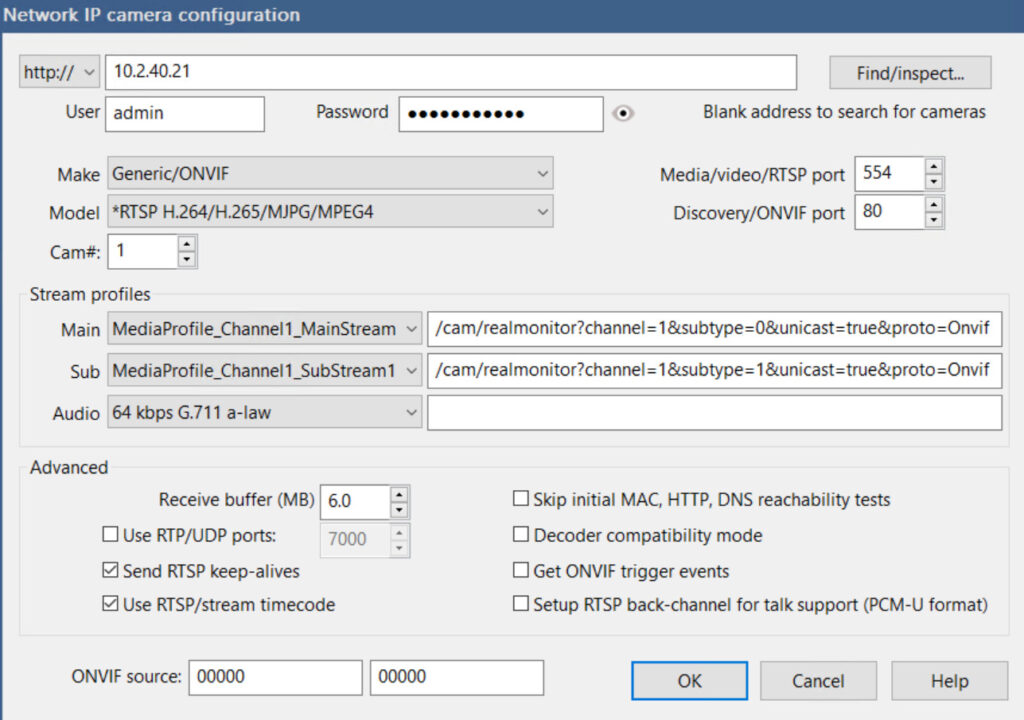
Blue Iris also has the benefit of having tons of tutorials and articles online that explain how it works. Overall, Blue Iris is slightly confusing to newcomers but it’s because of how powerful it really is.
There are tons and tons of settings that can be modified to create the perfect NVR system and it’s hard to get better than Blue Iris in that area.
AI – Frigate vs. Blue Iris
Arguably the biggest reason to use Frigate and Blue Iris is their AI detection. The two applications use different AI processing tools, with Frigate using OpenCV/Tensorflow and Blue Iris using DeepStack or CodeProject.AI.
Frigate is different in the sense that it advises against using the CPU and instead recommends a device like Google Coral to offload AI processing.
Blue Iris utilizes DeepStack or CodeProject.AI and both can use the CPU or a GPU, with the GPU option generally performing significantly better.
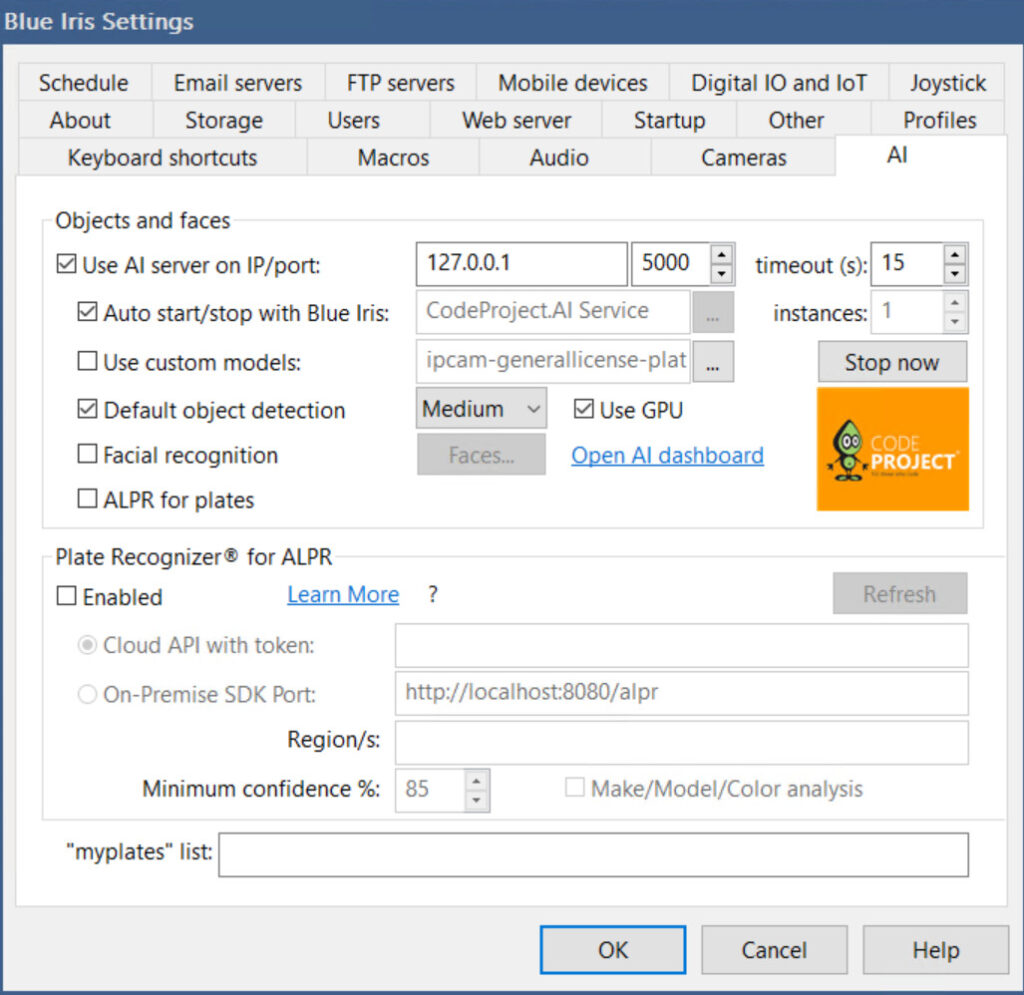
From a functionality perspective, it’s hard to say that one is better than the other as I haven’t noticed significantly better performance with either. Both track and classify objects well and record clips based on the configuration.
However, from a setup perspective, Blue Iris is so much easier. Everything for Frigate must be done through the config file and while you can make your way around it and get it to function, it’s a lot easier to check a few boxes and set everything up using Blue Iris.
Overall Functionality – Frigate vs. Blue Iris
While there are differences in the setup and configuration process between Frigate vs. Blue Iris, I wanted to highlight that the overall functionality of both of these tools is very similar.
After you set up and configure both, you’ll be able to record video footage (based on whatever you specify) and record and view clips (using AI detection as well). They are both good NVR systems and will function as expected.
One key difference is from a Home Assistant perspective (assuming that you want to use it) as a lot of people tend to find the Home Assistant integration easier to use with Frigate. To be clear, Frigate does have great integration with Home Assistant, but Blue Iris is no slouch.
After setting up motion events in Blue Iris, I’ve found them to be almost 100% accurate (a few notifications here and there are missing the image) and it’s made Blue Iris seem like it’s integrated with Home Assistant, even though it technically isn’t.
Frigate cameras can be integrated with Home Assistant but also has notifications that can be configured in Home Assistant.
Pricing – Frigate vs. Blue Iris
The pricing between Frigate and Blue Iris is fairly similar and one isn’t drastically more expensive than the other. However, Blue Iris has a one-time fee for the application and support and Frigate doesn’t.
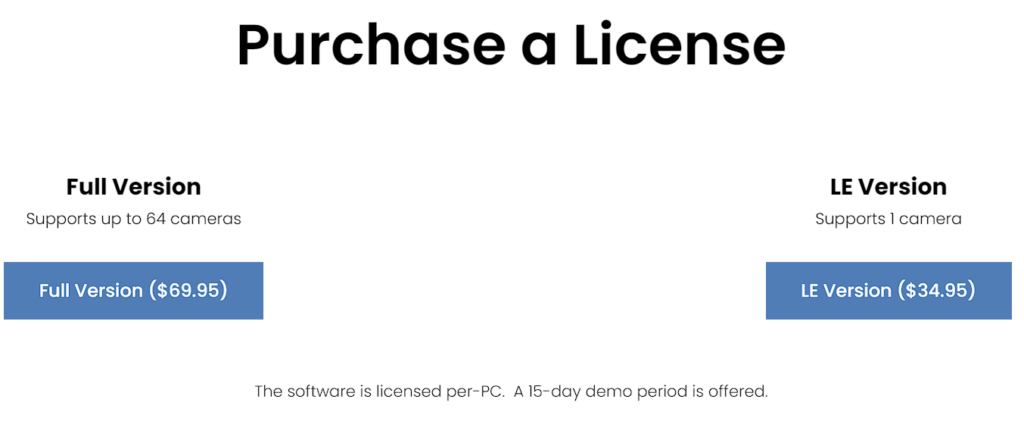
If you want future updates after one year with Blue Iris, you must purchase the extended support and maintenance agreement.
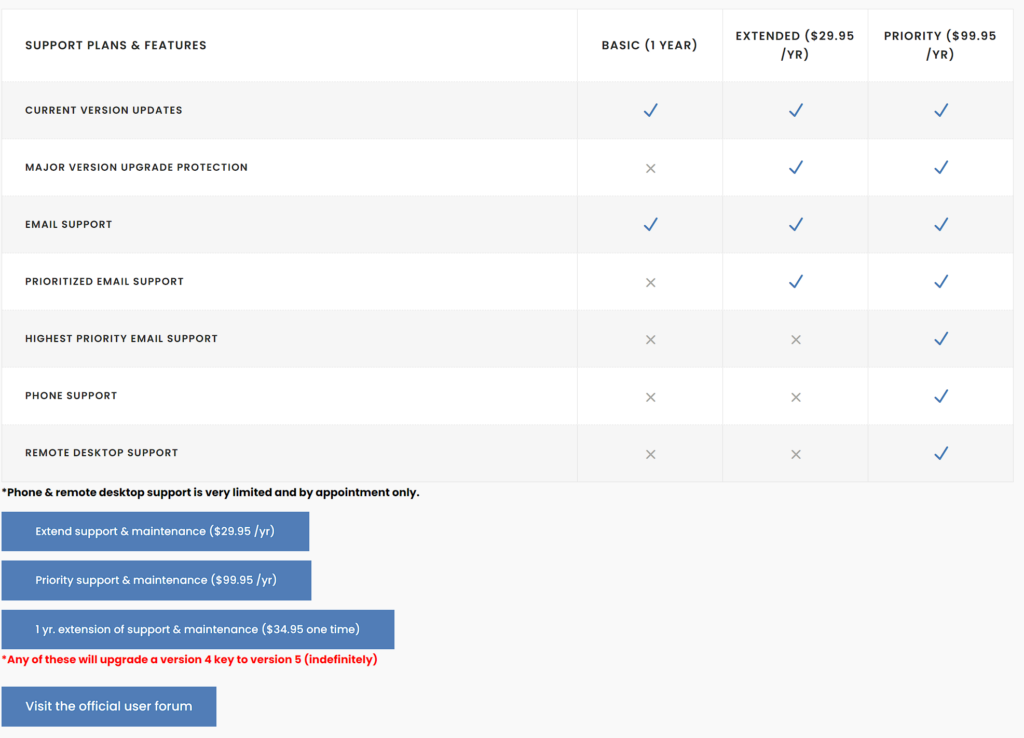
Frigate is free but does have a monthly option if you’re interested in Frigate+. Pricing alone shouldn’t push you in one direction (assuming you want Frigate+). If you don’t want Frigate+, it’s a completely free alternative to Blue Iris.
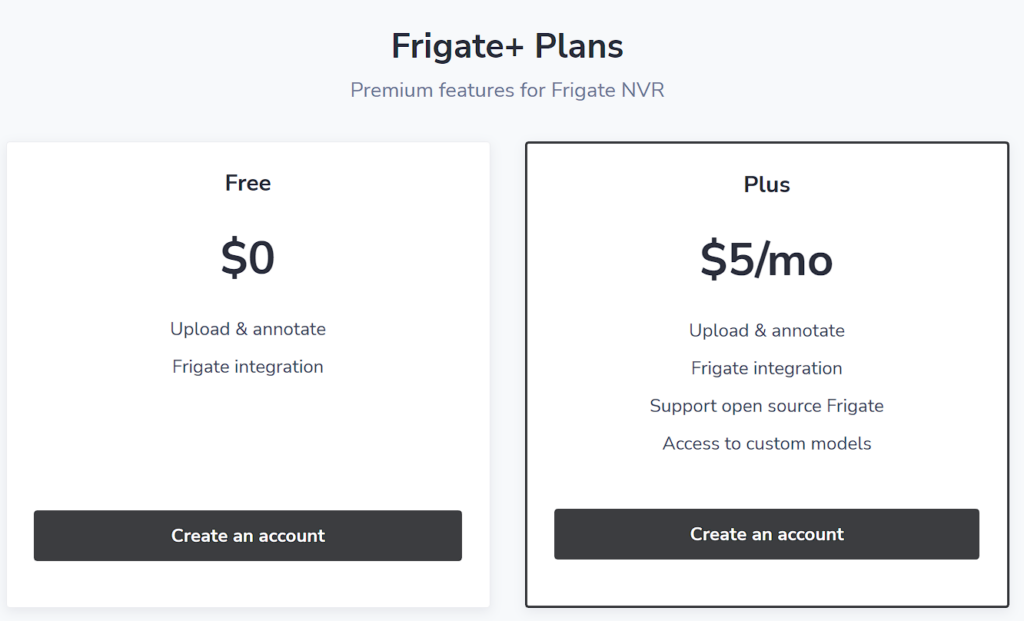
Conclusion – Frigate vs. Blue Iris
If you’re comparing Frigate vs. Blue Iris, the overall functionality is very similar after it’s set up and configured. Before the setup is complete, Blue Iris is easier to set up (unless you’re comfortable with YAML) and is a more feature-filled product.
Overall, after testing and using both, I prefer Blue Iris as it’s a more complete product. Blue Iris is a full-fledged NVR with all the features that Frigate has and more. The key with Blue Iris is that you must have a system capable of running it, and Frigate is a more universal option thanks to Docker. With that said, Blue Iris has a 15-day free trial and Frigate is free, so there’s no reason why you can’t try both!
Thanks for checking out the article on Frigate vs. Blue Iris. If you have any questions on Frigate vs. Blue Iris, please leave them in the comments!



